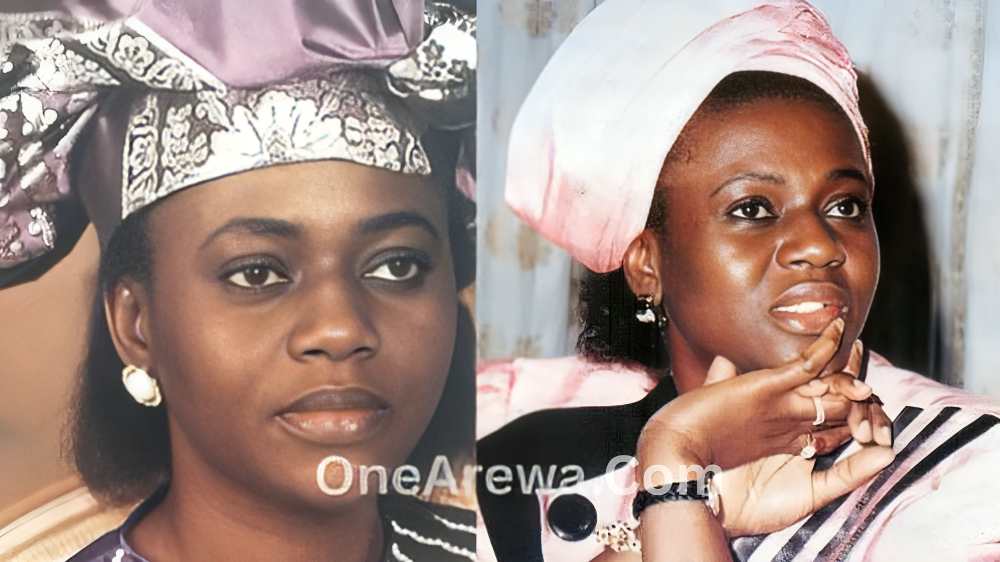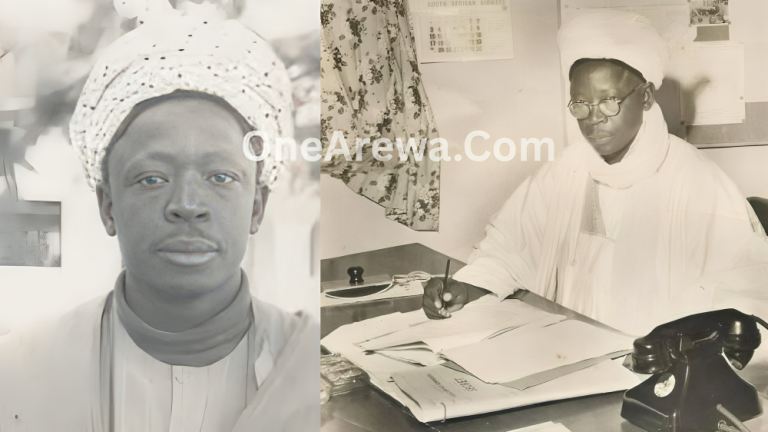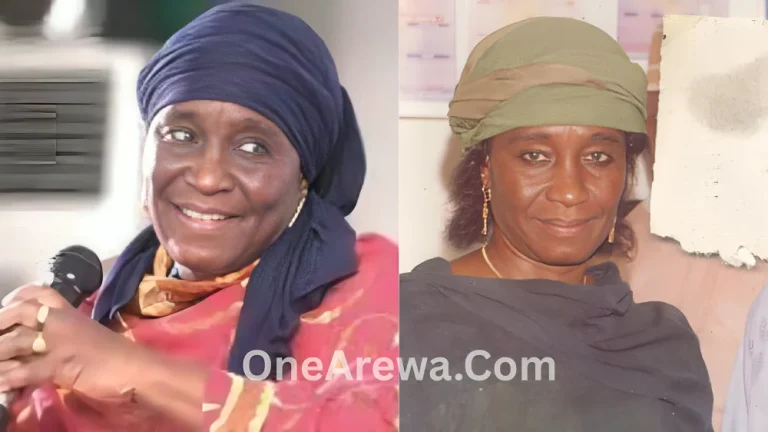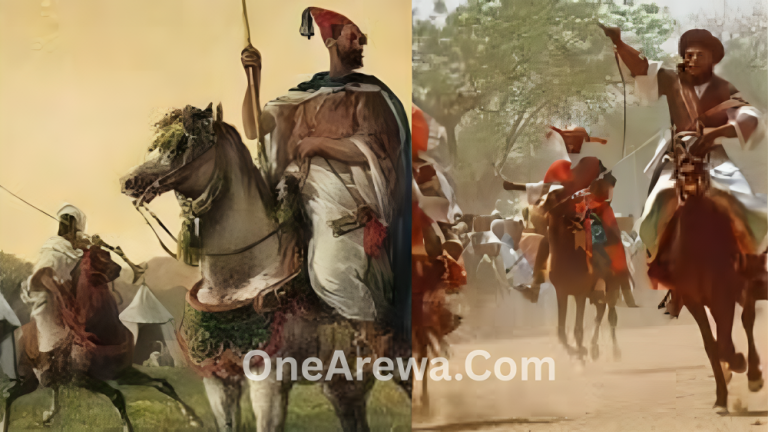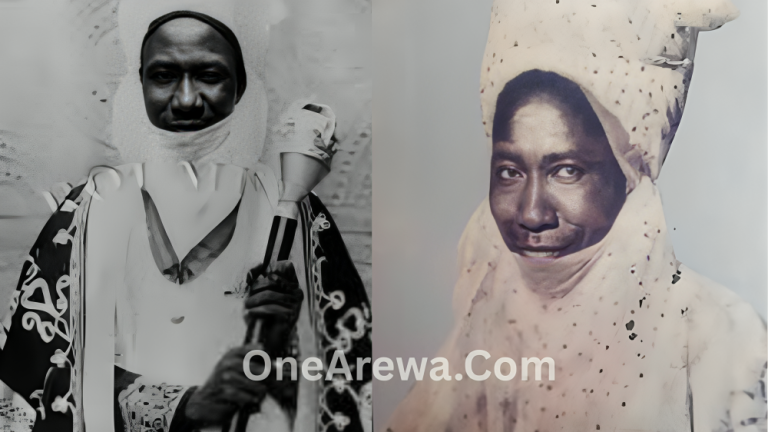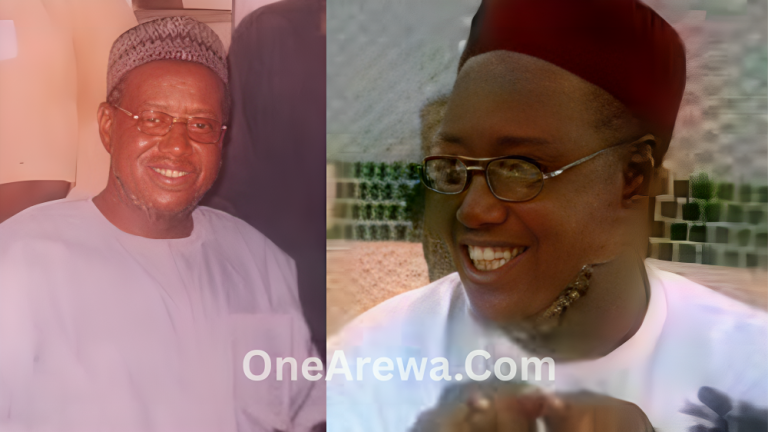Maryam Babangida: The Iconic First Lady Who Transformed Women’s Roles in Nigeria
Maryam Babangida: The Iconic First Lady Who Transformed Women’s Roles in Nigeria
Maryam Babangida (November 1, 1948 – December 27, 2009) was the elegant and trailblazing First Lady of Nigeria from 1985 to 1993 during the military regime of her husband, General Ibrahim Babangida, whom she married on September 6, 1969.
With a mixed heritage, Igbo father and Hausa mother, she practiced Islam and had four children: Mohammed, Aminu, Aisha, and Halima.
Maryam redefined the role of First Lady by launching the Better Life for Rural Women Programme in 1987 and later establishing the Maryam Babangida National Centre for Women Development in 1993, championing women’s empowerment, rural development, and education.
She published a book titled “The Home Front” in 1988, showcasing her views on women’s domestic and social roles.
Admired for her beauty, fashion, and charisma, she remained influential even after her husband left power.
Sadly, she died of ovarian cancer in Los Angeles at the age of 61, and was buried in Minna, Niger State.
Her legacy lives on through memorials like Maryam Babangida Way, commissioned in March 2020 in Asaba, and the continued advocacy work of her daughter, Aisha Babangida.
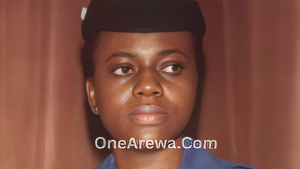
Maryam Babangida Wiki Profile
| Category | Details |
|---|---|
| Full Name | Maryam Okogwu Babangida |
| Date of Birth | November 1, 1948 |
| Place of Birth | Asaba, Delta State, Nigeria |
| Date of Death | December 27, 2009 |
| Place of Death | Los Angeles, California, USA |
| Cause of Death | Ovarian cancer |
| Nationality | Nigerian |
| Ethnicity | Igbo (father) and Hausa (mother) |
| Religion | Islam |
| Education | Queen Amina College, Kaduna, Federal Training Centre, Kaduna, Laselle University, Chicago (Diploma), NCR Institute, Lagos (Computer Science Certificate) |
| Marriage | Ibrahim Badamasi Babangida (married on September 6, 1969) |
| Children | Aisha, Halima, Mohammed, Aminu Babangida |
| First Lady Tenure | 1985–1993 |
| Major Initiatives | Better Life Programme (1987), Maryam Babangida National Centre for Women’s Development (1993) |
| Other Roles | President, NAOWA; Active with NCW |
| Nicknames/Titles | Maryam Phenomenon: Nigeria’s First Celebrity First Lady |
| Legacy Projects | Maryam Babangida Way (commissioned March 19, 2020, in Asaba) |
| Hobbies | Gardening, squash, badminton, music, interior design, bird-gathering, reading |
| Book Authored | Home Front: Nigerian Army Officers and Their Wives (1988) |
Check Out: Hauwa Ibrahim: Nigeria’s Fearless Human Rights Lawyer and Activist

Early Life and Education of Maryam Babangida
Maryam Babangida was born on November 1, 1948, in Asaba, Delta State, to an Igbo father and a Hausa mother.
She began her early education in Asaba and later moved to Kaduna, where she attended Queen Amina College in the 1960s.
In 1967, she enrolled at the Federal Training Centre, Kaduna, where she trained as a secretary.
She furthered her education abroad, earning a diploma in secretarial studies from Laselle University, Chicago, in the early 1970s, and later obtained a certificate in Computer Science from the NCR Institute in Lagos around 1975, laying the foundation for her future work in women’s development and public service.
Maryam Babangida Family Life
Maryam Babangida married Major Ibrahim Badamasi Babangida on September 6, 1969, just two months before her 21st birthday.
Their marriage produced four children: two sons, Mohammed and Aminu, and two daughters, Aisha and Halima.
As the wife of a senior military officer who later became Nigeria’s head of state, Maryam played a significant role in both family and national life, balancing her responsibilities as a mother and public figure with grace and strength throughout her husband’s military career and beyond.
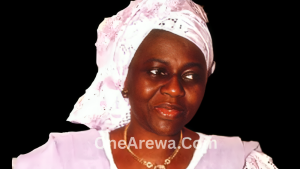
Championing Women’s Development
Between 1985 and 1993, during her tenure as Nigeria’s First Lady, Maryam Babangida transformed the role from a ceremonial title into a platform for women’s empowerment and rural development.
In 1987, she launched the Better Life Programme for Rural Women (BLP), aimed at improving the welfare and economic status of women through cooperatives, cottage industries, markets, and training centers.
Her work led to the establishment of the National Centre for Women’s Development in 1993.
She also influenced the National Commission for Women, which became a formal government response to her growing influence.
Known as the “Maryam Phenomenon”, she became a symbol of beauty, fashion, and activism, using her position to champion women’s roles across Nigeria and collaborate with First Ladies across Africa.

The Emergence of Nigeria’s First Lady
Maryam Babangida emerged as Nigeria’s first truly visible and active First Lady when her husband, General Ibrahim Badamasi Babangida, became Head of State in 1985.
Despite the Office of the First Lady being unofficial and unrecognized by the Nigerian Constitution, she gave it purpose, prestige, and power.
By opening an office within the presidency and launching impactful initiatives like the Better Life Programme in 1987, Maryam set a precedent for future First Ladies in Nigeria.
Her charisma, fashion sense, and public presence earned her admiration nationwide, with many women seeing her as a role model.
Through her work, she transformed the position of First Lady from a ceremonial spouse into a political and social force for women’s empowerment and national development.
Check Out: Zaynab Alkali: Trailblazing Nigerian Author and Africa’s First Female Novelist in English
Maryam Babangida’s Work and Legacy in Power
During her time as First Lady from 1985 to 1993, Maryam Babangida redefined the role by actively initiating and managing impactful projects for women’s empowerment.
In 1987, she launched the Better Life Programme for Rural Women, which created cooperatives, cottage industries, markets, and training centers across Nigeria.
Her influence led to the creation of the National Commission for Women (NCW) in 1990, though it was later restructured under her office, signifying the central role she played in shaping national women’s policy.
She also authored a book, Home Front, in 1988, celebrating military wives’ contributions.
In 1993, the Maryam Babangida National Centre for Women’s Development was established in her honor.
Even after leaving office, her legacy endured as a trailblazer who turned an unofficial role into a national platform for social change.
Maryam Babangida Crisis and Resilience
During her time as First Lady, Maryam Babangida faced significant crises and opposition, particularly from critics who viewed the Better Life Programme as an informal and unconstitutional project.
A major controversy erupted in the late 1980s when she clashed with Professor Bolanle Awe, a respected historian appointed to head the National Commission for Women (NCW), which had been created as a government response to her initiative.
The disagreement led to the transfer of the commission under the direct supervision of the Office of the First Lady, highlighting Maryam’s assertive role in institutional power.
Despite political unrest and the April 1990 coup attempt against her husband’s regime, which saw the Dodan Barracks attacked while the president narrowly escaped, Maryam remained resilient.
Her ability to withstand public scrutiny, maintain her composure, and push forward with her vision for Nigerian women cemented her image as a strong and enduring symbol of grace under pressure.

Post-Presidency and International Recognition
After her husband’s exit from power in 1993, Maryam Babangida retreated from public political life but remained active in social development.
She dedicated her time to managing a privately owned college in Minna, Niger State.
In 2004, her commitment to humanitarian work earned her international recognition when she was invited to Budapest, Hungary, to attend the World Association of Non-Governmental Organizations (WANGO) conference.
Her enduring influence and contributions to women’s empowerment and development in Nigeria continued to attract global attention and respect.
Check Out: Hajiya Gambo Sawaba: The Fearless Nigerian Activist Who Fought for Women’s Rights
Maryam Babangida’s Illness and Death
Maryam Babangida battled ovarian cancer for ten years before she sadly passed away on 27 December 2009 at the University of California’s Jonsson Comprehensive Cancer Center in Los Angeles, at the age of 61.
Her husband, General Ibrahim Babangida, was by her side during her final moments.
Her death was met with widespread mourning across Nigeria, with tributes pouring in from political leaders, women’s groups, and the general public.
She was remembered not only as the glamorous First Lady but also as a trailblazer who redefined the role of women in governance and development.
FAQs
1: Who was Maryam Babangida?
Maryam Babangida was the wife of General Ibrahim Badamasi Babangida, Nigeria’s head of state from 1985 to 1993. She is credited with creating and transforming the role of Nigeria’s First Lady into an active and influential position.
2: What is Maryam Babangida best known for?
She is best known for launching the Better Life for Rural Women Programme in 1987, which aimed to empower women in rural Nigeria through cooperatives, skills training, and social welfare projects.
3: When and where was Maryam Babangida born?
She was born on November 1, 1948, in Asaba, Delta State, Nigeria.
4: What educational background did Maryam Babangida have?
She attended Queen Amina College in Kaduna, trained as a secretary at the Federal Training Centre Kaduna, earned a diploma in secretarial studies from Laselle University, Chicago, and obtained a certificate in Computer Science from the NCR Institute in Lagos.
5: How did Maryam Babangida impact the role of First Lady in Nigeria?
She transformed the First Lady’s role from a ceremonial position to an active advocate for women’s development and rural empowerment, setting a precedent for future First Ladies in Nigeria.
6: What was the Better Life Programme?
Launched by Maryam Babangida in 1987, it was a national initiative to improve the lives of rural women through training, cooperatives, small businesses, and social services.
7: What legacy did Maryam Babangida leave behind?
Besides the Better Life Programme, she established the Maryam Babangida National Centre for Women’s Development in 1993, inspired the office of the First Lady, and remains a role model in beauty, style, and women’s empowerment.
8: How did Maryam Babangida influence Nigerian society beyond Nigeria?
She collaborated with other African First Ladies to promote women’s issues continent-wide, emphasizing the importance of their roles in societal development.
9: When did Maryam Babangida pass away, and what was the cause?
She died on December 27, 2009, in Los Angeles, California, after battling ovarian cancer for ten years.
10: What were some personal interests and hobbies Maryam Babangida had?
She enjoyed gardening, interior design, music, squash, badminton, bird-gathering, philanthropic work, and reading.
Check Out: Queen Amina of Zazzau: Nigeria’s Legendary Warrior Queen Who Built an Empire
In conclusion
Maryam Babangida stands as a pioneering figure in Nigerian history, transforming the traditionally ceremonial role of First Lady into a powerful platform for women’s empowerment and rural development.
Born in 1948, she combined education, style, and determination to launch groundbreaking initiatives like the Better Life for Rural Women Programme, leaving a lasting legacy that influenced not only Nigeria but also the broader African continent.
Despite personal challenges, including a decade-long battle with ovarian cancer, Maryam remained a symbol of grace, resilience, and impact, forever remembered as an iconic First Lady who redefined women’s roles in Nigerian society.
Check Out: Emir Ibrahim Sulaiman of Borno: Defender of Borno and Champion of Faith and Tradition
